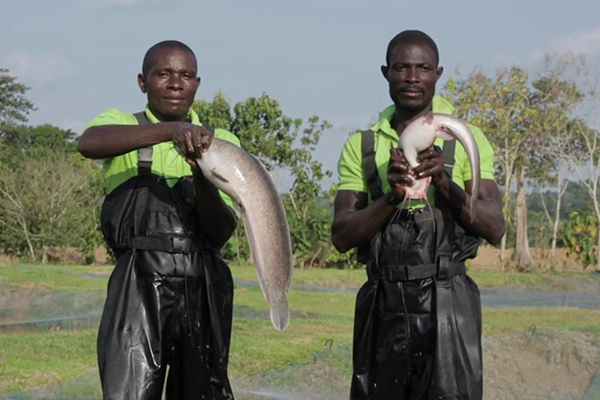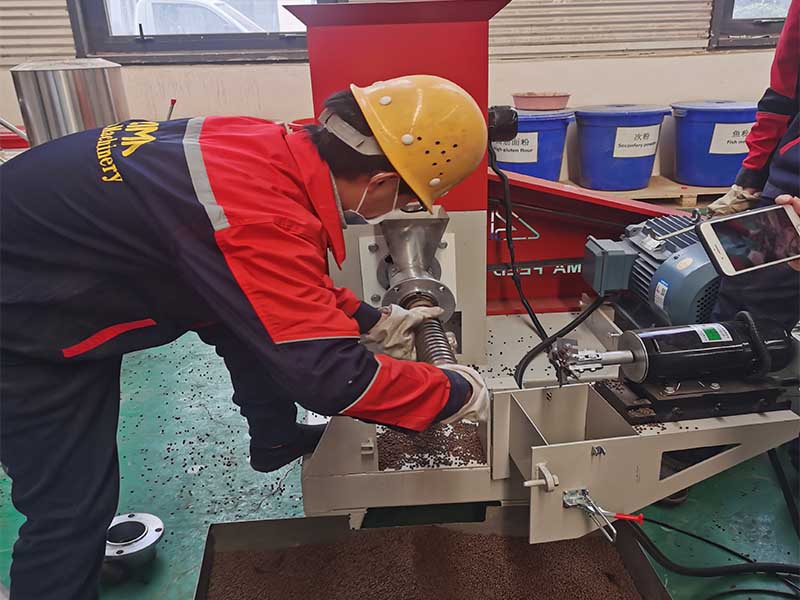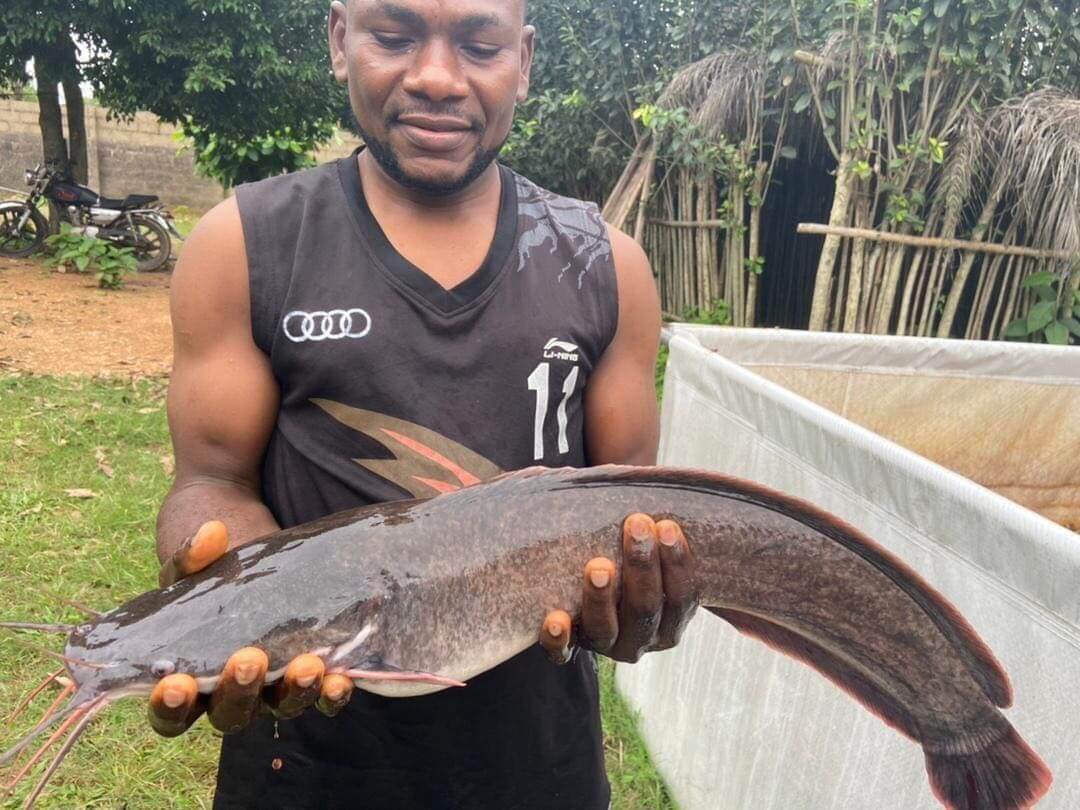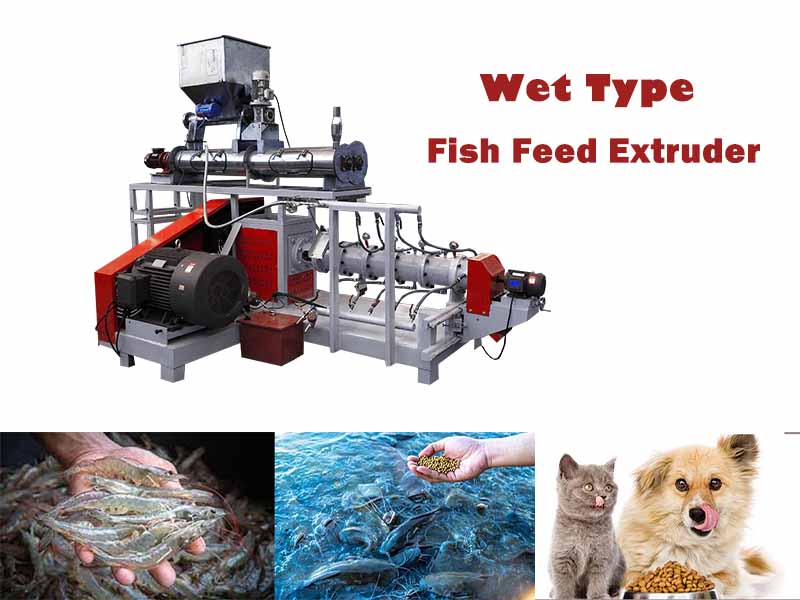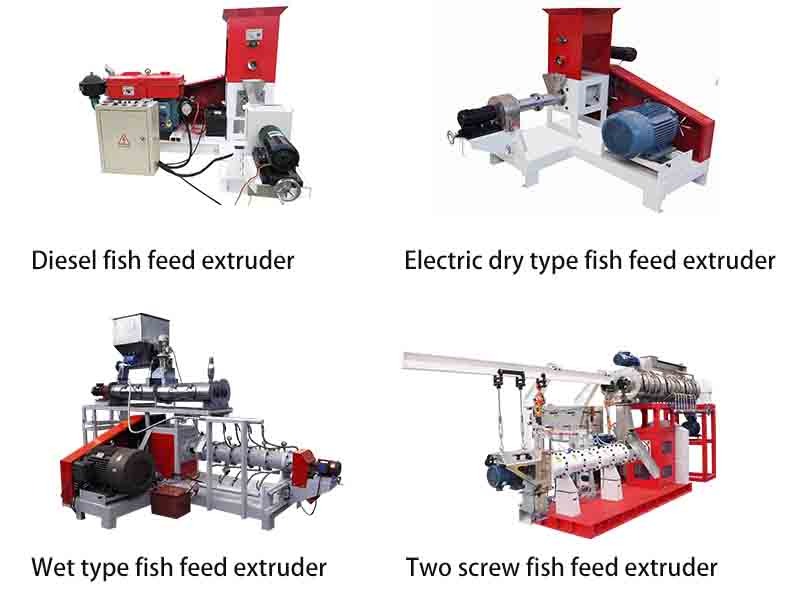Problems And Solution Of Floating Fish Feed Making Process?
You must be happy and excited when you receive the floating fish feed processing machine, but when the fish feed machine is put into use, there are usually some small problems and not so smooth operation, especially for novice feed producers, there are usually some problems that make you very confused
Here we summarize some of the problems that our customers often encounter in the production of fish feed and their solutions for your reference
1. Why the fish feed pellet I produced has a tail and is not smooth?
This situation is generally the problem of the cutter. It is necessary to check the cutter and the mold of the feed machine to see if there is an air attack between them. There should be no gap between the machine tool and the mold in normal production.
2. The fish feed pellet I produced is too long or too short, what should I do?
The length of the fish feed pellets is determined by the speed of the cutter, the faster the speed, the shorter the fish feed pellets, the slower the cutter speed, the longer the fish feed pellets, so if the fish feed pellets are too long, then we slowly increase the cutter speed , the particles are too short, slowly reduce the speed of the cutter until it is adjusted to the particle size we want
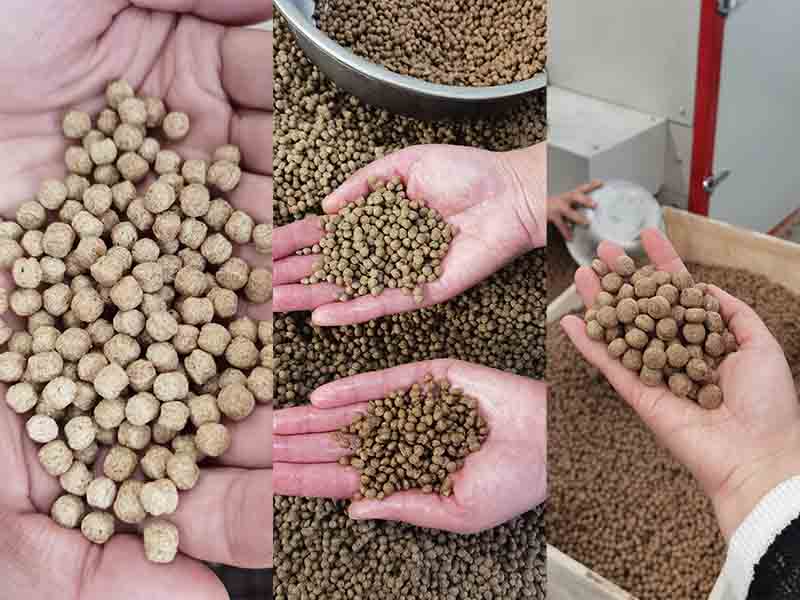
3. Why the surface of fish feed pellet I produced is not smooth?
The surface of the fish feed is not smooth, usually because the starch content is low, and the gelatinization effect is not good when the fish feed is extruded. The starch content in the fish feed formula can be increased.
4. Why the surface of fish feed pellet I produced has thorns
The thorns on the surface of the fish feed are usually because the raw materials are too dry, and the water or oil in the production process is not enough, and more water or oil needs to be added to the formula
5. Why the fish feed pellet I produced does not float?
If the starch content of the fish feed is too low and the oil content is too high, the starch in the raw material will gelatinize and expand during fish feed production, resulting in voids, thereby reducing the density of the fish feed and floating in water.
Back to List

